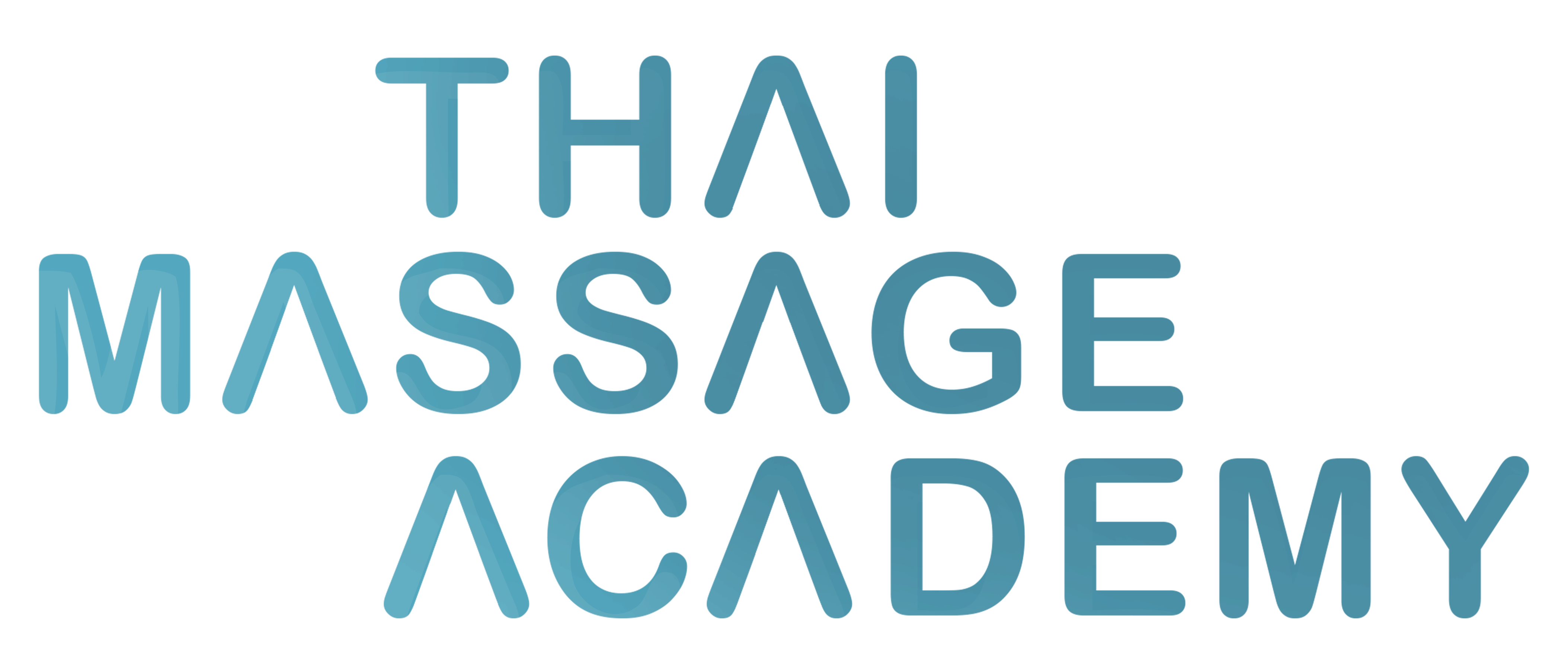A vertebra is one of the bones that make up the vertebral column, also known as the spine. The vertebral column is a column of bones that extends from the base of the skull to the pelvis and is responsible for supporting the weight of the body and protecting the spinal cord.
The anatomy of a vertebra includes several features that allow it to function as part of the spine. These features include:
- The body: This is the main part of the vertebra and is responsible for bearing the weight of the body. The body is typically oval or triangular in shape.
- The pedicles: These are short, stout processes that extend from the sides of the body and help to form the neural arch.
- The laminae: These are thin, flat plates that extend from the pedicles and form the neural arch.
- The spinous process: This is a bony projection that extends from the posterior (back) side of the vertebra and is visible from the outside of the body.
- The transverse processes: These are bony projections that extend from the sides of the vertebra and help to anchor the muscles and ligaments of the spine.
- The vertebral foramen: This is a hole in the center of the vertebra that allows for the passage of the spinal cord.
In addition to these features, each vertebra also has two pairs of facet joints that allow for movement between the vertebrae. The facet joints are located on the posterior side of the vertebra and are lined with a smooth, slippery tissue called articular cartilage.
Understanding the anatomy of a vertebra is important for diagnosing and treating conditions and injuries of the spine, as well as for understanding the structure and function of the vertebral column.



